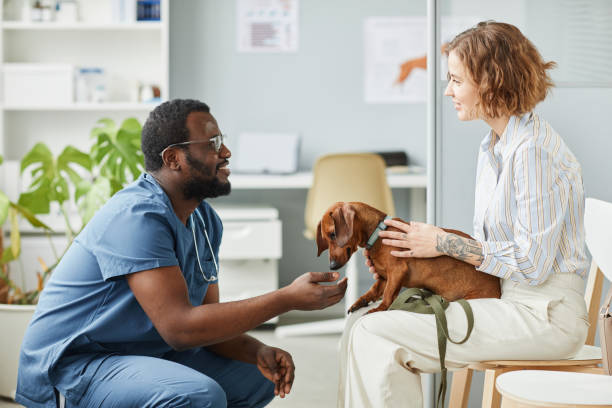Recognizing the Signs of Respiratory Problems in Canine Patients
Respiratory issues are a common problem in dogs, and pet owners need to understand the signs and symptoms of such issues. While the causes of respiratory problems can vary, recognizing the symptoms early is essential for getting your canine companion the correct diagnosis and treatment.
Definition of a Respiratory Problem in Dogs
A respiratory problem is an issue that affects a dog’s ability to breathe normally. Dog’s respiratory problems can range from mild to severe and may be caused by various factors, including infectious diseases, allergies, congenital issues, environmental hazards, or trauma or injury. Common signs and symptoms include coughing, wheezing, sneezing, nasal discharge, breathing rapidly or shallowly, and exercise intolerance. If your pup is exhibiting any of these signs or if you have other concerns about their breathing patterns, contact your veterinarian immediately for an evaluation.
Causes of Respiratory Problems in Canine Patients
The most common causes of respiratory problems in dogs are infectious diseases are the following:
– Bordetella bronchiseptica (kennel cough)
– Canine distemper virus (CDV)
– Canine parainfluenza virus (CPIV)
– Canine adenovirus-2 (CAV-2)
– Allergies can also lead to respiratory issues as they cause inflammation in the airways, making breathing difficult in dog
– Congenital issues such as tracheal collapse or laryngeal paralysis can also lead to difficulty breathing
– Environmental hazards such as smoke or poor air quality can cause irritation and inflammation leading to respiratory distress.
– Trauma or injury resulting from motor vehicle accidents or physical altercations can lead to breathing difficulties due to damage caused by blunt force trauma or broken bones.
Diagnosing Respiratory Problems in Dogs
If your pup exhibits signs of a respiratory problem, you must take them to your veterinarian for an evaluation. The first step will be a physical examination during which your vet will listen for abnormal lung sounds with a stethoscope and observe your pup’s overall condition, including their ability to breathe normally. Imaging requests such as X-rays or CT scans may be necessary depending on what other abnormalities are present on physical examination. Your vet may order blood work and other laboratory tests if an underlying infection is suspected. At the same time, an endoscopy or bronchoscopy should need to be performed if narrowing of the airway passages is present in imaging studies. Tracheal wash for bacterial or fungal culture may also be necessary. Pulmonary function testing (PFT) helps measure oxygen levels and lung capacity, while thoracic ultrasound helps evaluate the heart, lungs, pleural space, and mediastinum.
Treatment Options for Respiratory Problems in Dogs
Treatment options depend on the underlying cause but generally involve medications such as:
– anti-inflammatory drugs (NSAIDs)
– antibiotics if an infection is present
– bronchodilators for asthma-like conditions
– steroids if allergies are suspected
– oxygen therapy may also be necessary if oxygen levels are low
– surgery may need to be performed if tumors are presently obstructing air passageways
In cases where no underlying cause can be identified, supportive care with supplemental oxygen therapy, nebulization, IV fluids, nutrition support, and anti-anxiety medications may help improve symptoms until further tests can determine a diagnosis.
Conclusion
Recognizing the signs of a respiratory problem early on is essential for ensuring that your pup gets timely treatment so they can return to doing all the things they love again! Suppose your dog is exhibiting any abnormal behaviors related to their breathing patterns. In that case, you must take them to see your veterinarian immediately so they can get an accurate diagnosis and receive proper treatment before their condition worsens.

